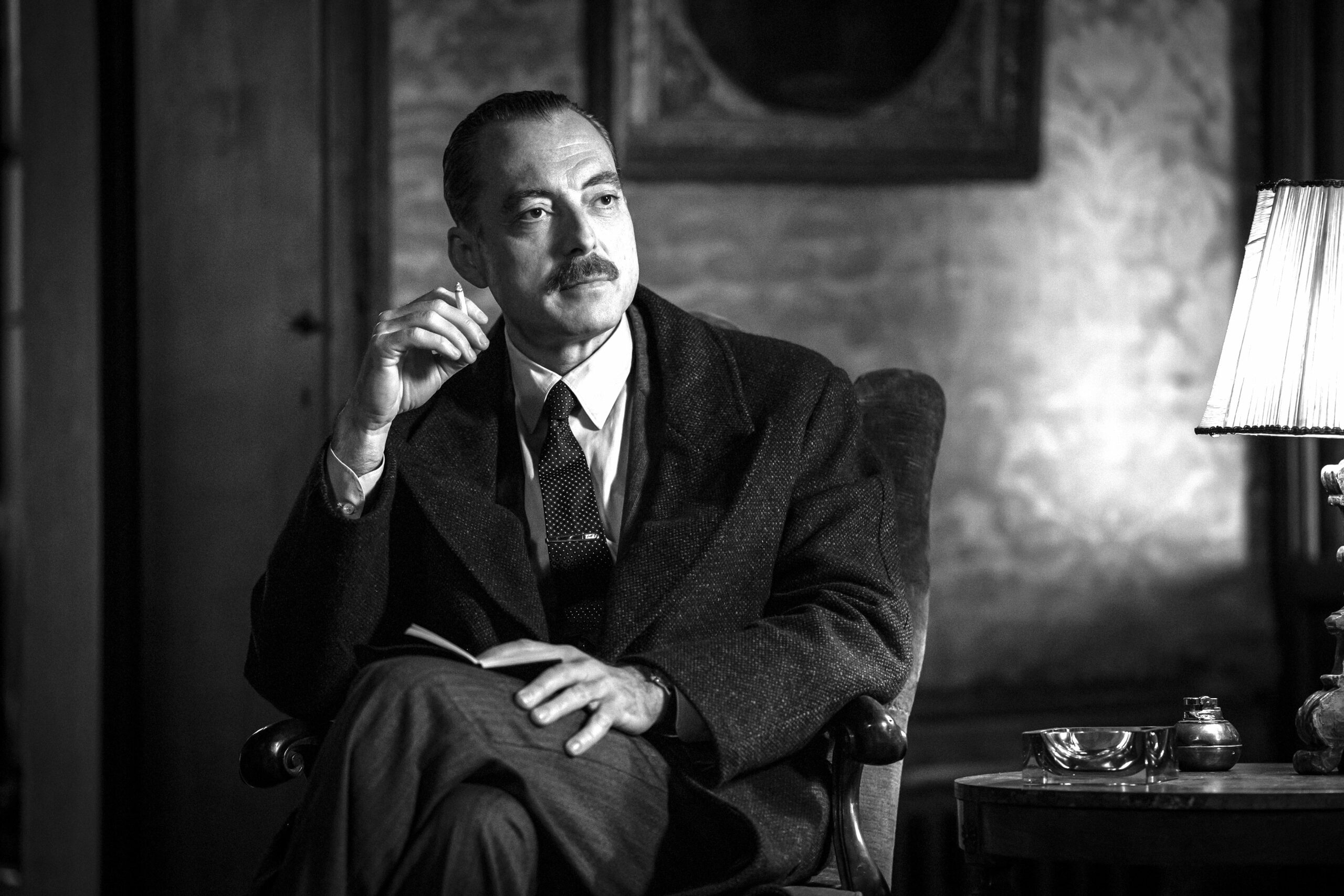Completing this years collaboration with the Getty became a ‘very special’ event reports Paul Romano, Patron President. On Sunday afternoon, Nov. 4, two dozen members of the PIC had the special privilege of not only experiencing the Getty Villa’s monumental “Lion Attacking a Horse” , but to have Dr. Claire Lyons, Getty’s Curator of Antiquities, personally lead the members thru an amazing two thousand year history of the exhibit.
Prior to the tour, Dr. Lyons joined the members for a Villa café luncheon, where she provided exciting glimpses into the exhibitions scheduled for 2013, and the importance of the ongoing collaborations between Italy and the Getty. Members asked her many questions about the process that led to the exhibition being brought to the Getty, and Dr. Lyons described their many months of discussions with the Capitoline Museum in Rome regarding the critical scientific study that would be involved prior to the actual completion of the restoration and the exhibition itself.
Lion attacking a horse
The “Lion Attacking a Horse” has been called by some, ‘ a witness to history’. It is an emblem of triumph and defeat that dates back to the era of Alexander the Great, some time in the late 4th. century B.C., and was likely made in northern Greece or present day Turkey, following Alexander’s invasion of the Persian empire. It was probably created as a commemorative monument to present the theme of political authority and battlefield ruthlessness to the population.
In the second and first centuries B.C., Rome had extended its dominion over these regions and likely seized the work as booty and shipped it back to Rome. It was later discovered below the Palatine Hill where some scholars believe it was displayed at the Circus Maximus until it was abandoned in 55 A.D. Archival documents place it at the Capitoline Hill in 1300, thus it serves as the earliest recorded antiquity there, and pre-dates the arrival of the famed bronze ‘she-wolf’ by more than 150 years. Admired greatly by Michelangelo (1475-1564) who pronounced it, “most marvelous”, it continued to be restored by one of his students, Ruggero Bascapè (1580-1599) who re-created the horse’s head, legs and tail, and the lions rear portions.
The monument was moved to many different locations on the Capitoline after being replaced by the ‘she-wolf’ as the icon of Rome. It was last located in 1925, as a fountain ornament, in the gardens behind the Palazzo dei Conservatori. This year marks the first time in more than 2000 years it has been outside of Rome and readers are greatly encouraged to visit this magnificent artistic creation before the exhibition closes on Feb. 4, 2013.





























